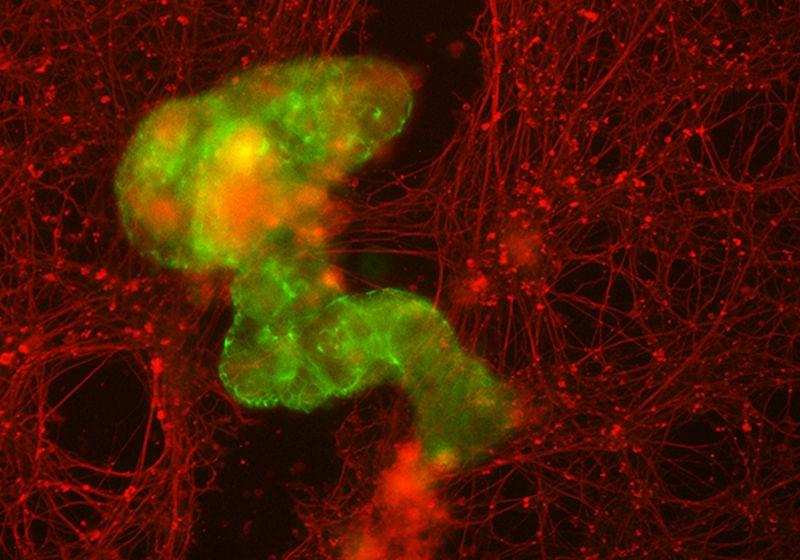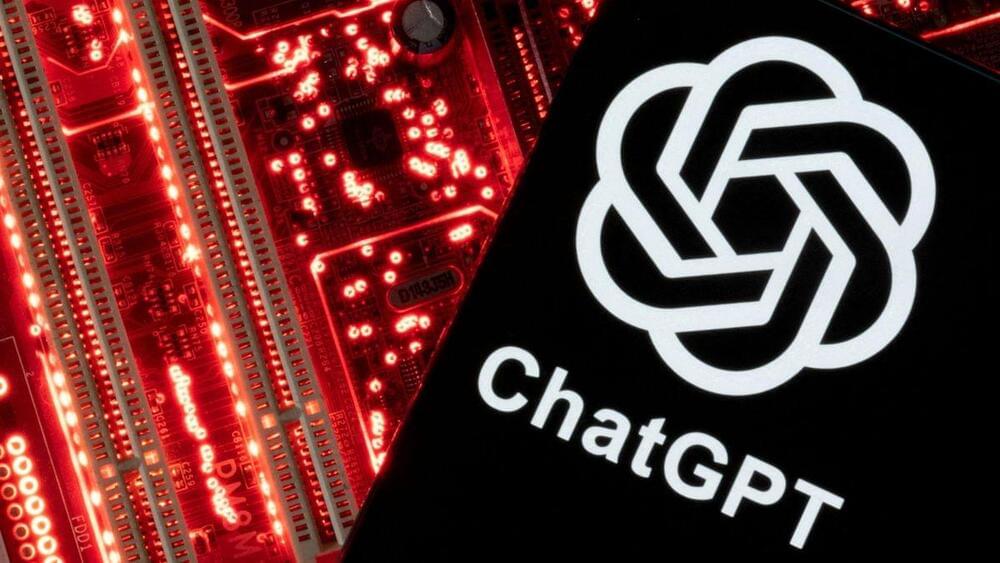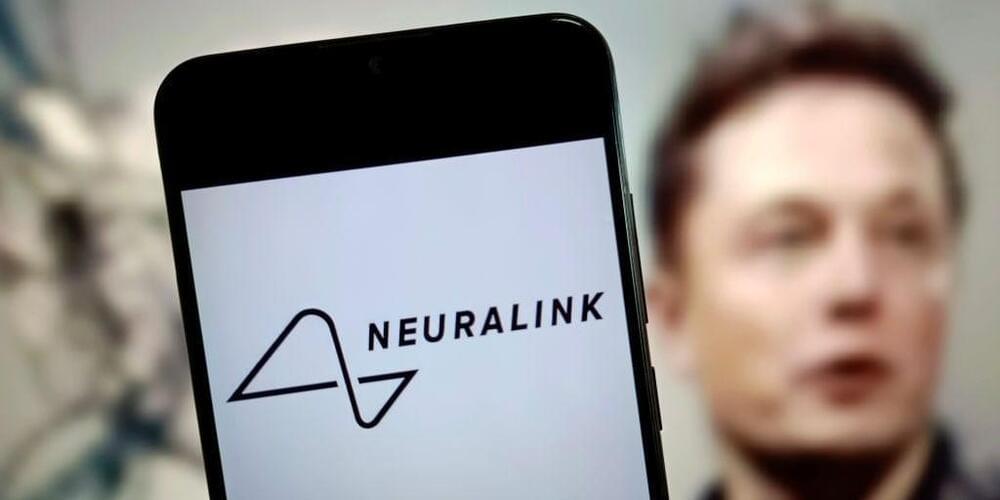In another case of technology being inspired by nature, roboticists at The Faboratory at Yale University have developed a way for soft robots to replicate animals and insects by self-amputating a limb or building bridges by temporarily fusing their bodies.
In one of the demo videos, a soft quadruped robot crawls when a falling rock traps its back leg. The reversible joint attaching the leg is heated with current, allowing the robot to break free of its leg and escape, after which the joint could be reattached.
Another video released by the team shows a single crawler robot that’s originally unable to cross the gap between tables. Three robots are then fused together using joints that have been heated and softened by electric current, which allows them to cross the chasm as one unit.







